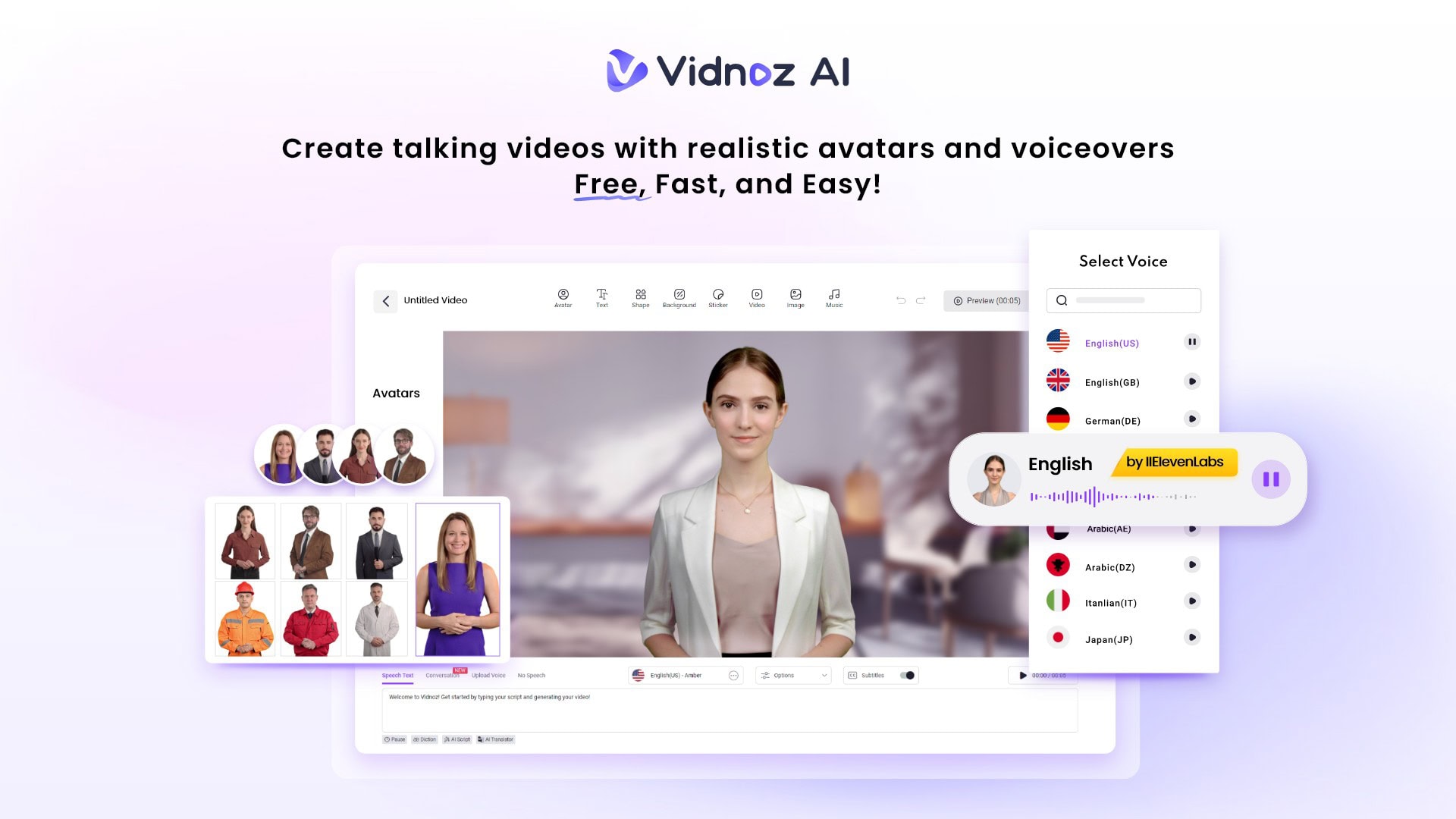Software testing is a critical part of building reliable applications today. Developers and companies want to release products quickly without bugs slowing them down. This is where AI for software testing steps in to change the game completely.
Using innovative technology makes testing faster, smarter, and more accurate than before. Continuous testing, which means checking software during development, gets a big boost from AI tools.
These tools find problems early, save time, and help teams focus on creating great software. In this blog, we will explore how testing AI transforms continuous testing for the better.
What is Continuous Testing and Why It Matters?
Continuous testing is testing the software across different points throughout the development cycle rather than at the end, as in the old method. This approach catches problems as they happen during the development cycle. It fits fast-paced development styles like DevOps and Agile.
It allows teams to release software quickly without sacrificing quality, which is the biggest win for everyone involved. However, doing this manually for modern projects takes too much time and energy.
This is why continuous testing matters so much in the software world today. The more complex applications become, the more they avoid significant headaches in the future because bugs are caught early. It also allows customers to enjoy a smooth experience without crashes or errors messing up their days. But even human testers struggle to keep pace with all changes as projects scale.
Here’s where AI for software testing starts to shine brightly. AI can handle repetitive, incredibly dull work and analyze large amounts of data without tiring. These things would make continuous testing faster and more reliable than old-school methods.
With progressive technology added for use, organizations can reduce the cost of operations while improving the products offered to users. Organizations that want to be competitive must also shift to AI testing.
How AI Makes Testing Smarter and Faster?
AI has much brainpower because of its fast learning and quick adaptation to software testing. Unlike human testers, AI tools can work in parallel without taking breaks. It reads the code, senses the patterns, and predicts where the bugs might arise.
In one way, among many, AI is helpful through the automation of boring, various repetitive jobs. For example, running test cases. It loads parallelism of execution to the test cases, where it can perform thousands of tests in a matter of minutes, while it would take days for a human to do the same. With past results being the teacher, AI will only get smarter, improving the more it cycles. It leads to fewer errors and faster feedback for developers to correct.
Speed is not the only benefit that AI offers testing teams today. It also increases testing accuracy by concentrating on the highest-risk areas of code. Instead of treating everything the same, AI assesses what needs attention, allowing critical issues to be resolved early and saving time.
AI software testing gives organizations confidence that their software will behave appropriately in the real world, giving them a more efficient development cycle and happier clients.
AI Tools and Technologies in Continuous Testing
Several AI tools are transforming continuous testing by simplifying challenging tasks. Tools like Testim and Mabl use machine learning to create and run tests automatically. They study how software behaves and adjust tests to match changes without human help, keeping testing smooth even when developers frequently update the code.
Another unique technology is natural language processing, which lets testers write instructions in plain English. AI then turns those words into working test scripts, saving time for non-technical team members. Tools like Functionize use this to make testing AI easier for everyone involved in the project.
AI also powers visual testing tools like Applitools, which check how an app looks across devices. These tools compare screenshots and catch design flaws humans might miss. By handling such detailed work, AI ensures the software looks and feels right every time.
The best part about these tools is their fit into continuous testing pipelines. They connect with systems like Jenkins or GitLab to test code as soon as it’s written. This seamless integration means bugs get found and fixed faster than ever. With AI for software testing, teams have potent allies to keep quality high and deadlines short.
Benefits of Using AI in Continuous Testing
Using AI in continuous testing brings some fantastic advantages to software teams everywhere. Automation reduces testing time by executing procedures that previously consumed hours or days. The fast processing lets developers dedicate their time to coding until test outcomes become available.
Another significant benefit is how AI improves accuracy in finding bugs and issues. It analyses data from past tests and predicts where problems might pop up next. This proactive approach stops minor errors from turning into costly fixes later on. With testing AI, teams can trust their software is solid before it reaches users.
Cost savings are also a huge plus when using AI for testing needs. Companies spend less on rework and support by catching issues early and reducing manual work. AI tools handle heavy lifting, so fewer people are needed for repetitive jobs. This efficiency boosts productivity across the entire development process.
Finally, AI enhances software quality by testing more scenarios than humans could manage. It simulates real-world conditions to ensure apps work well for everyone. Adopting AI for software testing gives teams a competitive edge in delivering reliable products faster.
Challenges of Implementing AI in Testing
Despite AI’s numerous advantages, implementing it into continuous testing presents challenges. Obtaining test data for AI systems may prove a challenge. Untidy or incomplete data may hamper the ability of AI to locate bugs or retrieve results, which may delay processes. Such teams must rigorously clean and process their data first before any proper AI setup.
The second challenge involves implementing an AI tool into place first. Buying the software, training the staff, and integrating AI with current systems can get expensive. Small companies might find AI for software testing unaffordable without heavy upfront investment.
There is also a learning curve for teams unfamiliar with testing AI technology. Not everyone can use AI tools or interpret their outputs right away. This leads to a delay where people figure out how to leverage AI in their workflows best.
Finally, AI is not always right and cannot entirely supersede human judgment. It may also be important in figuring out creative or abnormal test cases, whereby human insight is crucial. Finding that equilibrium between AI and human endeavor is the key to addressing these challenges. In the end, with adequate planning, teams should overcome those challenges in bringing about AI’s full promise.
The Future of AI in Continuous Testing
The development trends for continuous testing look bright, with AI taking it further. With a smarter AI system, complex testing tasks will now be handled extremely easily. AI is believed to be able to make an entire test plan without any human intervention. This allows developers to innovate because AI does all the heavy lifting of testing to ensure everything works impeccably.
Another exciting trend is AI working with other technologies, such as cloud computing. Cloud AI tools would allow teams to test software anywhere in the world in the flashiest of flashes. This flexibility will shorten the development cycle, making testing more accessible than ever.
Personalization is yet another exciting trend that you can expect in AI and software testing advancements. AI will build specific tests to fulfill user needs, making applications feel custom-tailored for everyone. Picture a software application that customizes itself based on how you use it, thanks to AI checking it in the background.
The future will never be one where tech improves on its own. Along with AI applications, teams must continue learning and evolving how they set about this. With the maturation of tools, the skill set to control those tools will also continue to grow. In the next few years, humans and AI will get closer than ever by making extremely fast, safe, and reliable software for all.
LambdaTest’s KaneAI: Revolutionizing Continuous Testing with AI
LambdaTest’s KaneAI is the world’s first end-to-end software testing agent, transforming how teams approach continuous testing. Built as an AI Native QA Agent-as-a-Service platform, it uses modern Large Language Models (LLMs) to simplify the testing process.
With KaneAI, planning, authoring, and evolving tests become effortless through natural language inputs, making AI for software testing accessible to everyone. This unique approach eliminates complex coding, allowing teams to focus on quality without getting bogged down by technical details.
KaneAI shines with its intelligent automation features, enabling easy test generation and evolution. Users can convey instructions as they would to a teammate, and KaneAI automates the tests instantly. It supports multi-language code export, converting tests into significant frameworks, and offers an intelligent test planner that generates steps from high-level objectives.
Whether testing web, mobile, or both, KaneAI ensures extensive coverage, even enhancing automation with API testing for backend validation. Dynamic parameters and reusable variables further boost flexibility and consistency.
Conclusion
AI transformed continuous testing by making it faster, smarter, and more efficient. With AI for software testing, teams catch bugs early, save time, and deliver high-quality apps effortlessly. Tools powered by testing AI automate repetitive tasks and improve accuracy, giving developers a significant advantage.
Despite challenges like cost and data needs, the benefits outweigh the hurdles for most companies. From Google to startups, real-world success shows AI’s power in action. Looking ahead, AI will keep pushing testing to new heights. Want to stay competitive? Explore how AI can transform your testing process today!
Recommended Aarticles
Jablw.Rv – Revolutionizing News Consumption!
Review Ninbeuproaca Ltd – A Personal Experience!
Hoc Layout – Boost Code Reusability And Improve Ui Consistency!
The Transformative Role of Enterprise AI in Modern Business Operations



